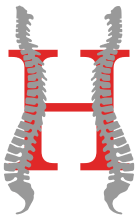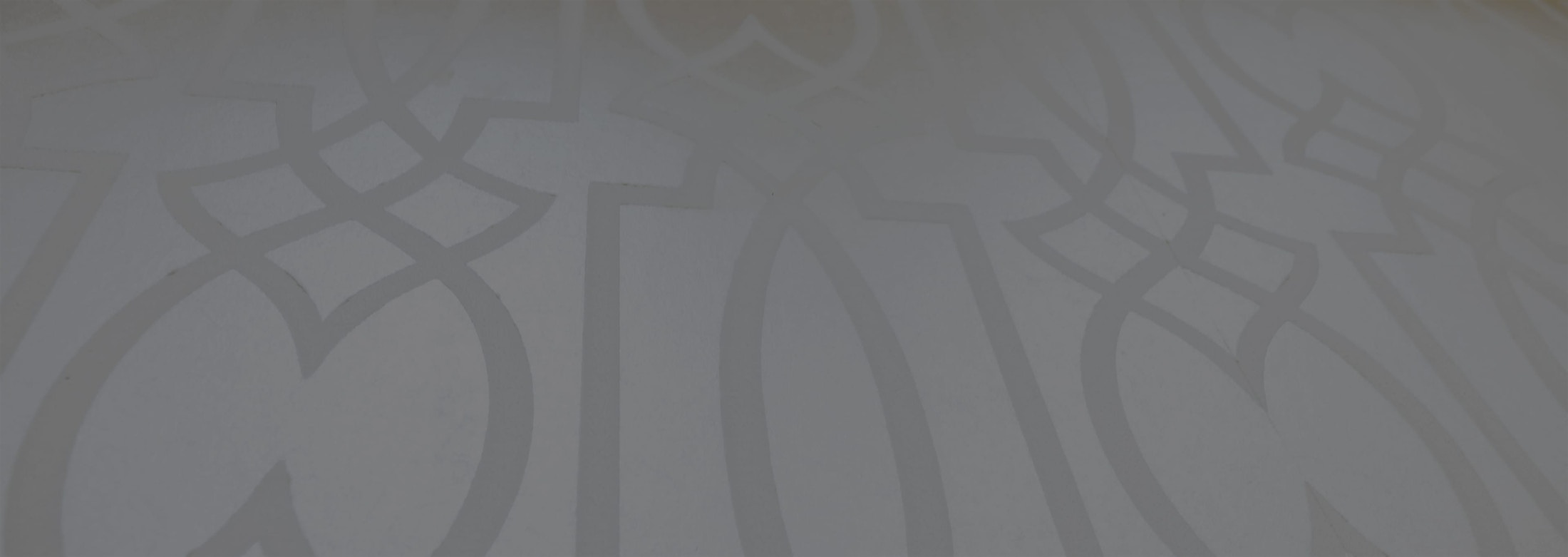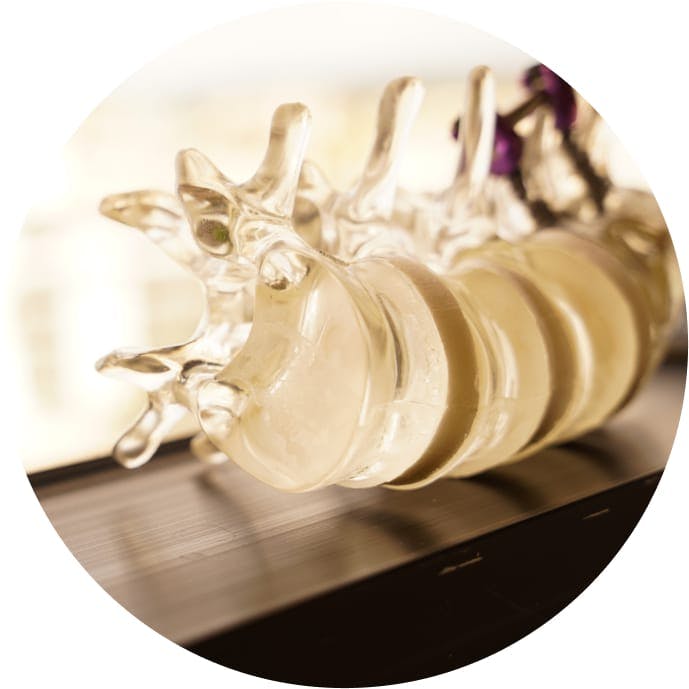Back pain is one of the most common neurological conditions—second only to headaches. Back pain is not only distracting and uncomfortable, but it can also severely interfere with day-to-day activities and your interaction with family and friends.
Acupuncture
Acupuncture is the application of small, specialized needles to specific points on the body to aid in natural healing. It works with the natural energy flows of the body to stimulate the nervous system and the natural production of chemicals within the body that operate as painkillers, such as endorphins.
Sterile acupuncture needles are much smaller than medical hypodermic needles, so most patients do not feel sensations during acupuncture beyond a minor prick and occasionally a tingling sensation. Needles are left in for about 20 minutes. Five or ten treatment periods should be pursued before making a final decision about the efficacy of acupuncture for your pain management. Acupuncture is normally pursued as part of a more comprehensive treatment plan that may involve medication or physical therapy.







